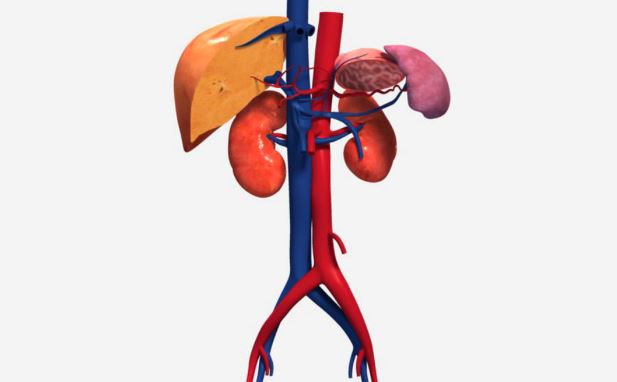

Library > Sonography > Vascular > Ultrasound Assessment of the Abdominal Vasculature
Try Simtics for free
Start my free trialUltrasound Assessment of the Abdominal Vasculature

Materials Included:
-

-

-

-

-

Check our pricing plans here
Unlimited streaming.
This module teaches you how to prepare for and perform an ultrasound examination of the abdominal vasculature. The interactive simulator provides three different scan scenarios, including normal and pathological cases. It enables students and practitioners to build or refresh knowledge and cognitive skills, and offers a safe online practice environment so you can prepare for the real clinical world. Ideal if you are studying for the American Registry for Diagnostic Medical Sonography (ARDMS) registry exams.
You’ll learn
- to practice, perfect and test your skills in performing an ultrasound scan of the abdominal vasculature
- to better visualize and understand the key anatomical structures and components comprising the abdominal vasculature, with our 3D model and illustrations
- identify signs and symptoms of abdominal vascular disease
- how to differentiate normal and abnormal sonographic appearances of the abdominal vessels
- how to obtain images of the abdominal vessels
- how to explain and demonstrate the use of breathing techniques to obtain optimal images of the abdominal vessels
- much more (see “content details” for more specific information).
- Indications for ultrasound of the abdominal blood vessels
- Identify abdominal vascular anatomy on diagrams and sonograms
- List signs and symptoms of abdominal vascular disease
- Abdominal vascular protocol
- Equipment preparation - transducer and preset selection
- Patient preparation
- Patient positioning
- Transducer positions
- Scan planes
- Identify and obtain sonographic images of the aorta, abdominal aortic branches, and common iliac arteries
- Identify and obtain sonographic images of the inferior vena cava and its tributaries
- Identify and obtain sonographic images of the portal vein, superior mesenteric vein, inferior mesenteric vein, and splenic vein
- Obtain Doppler spectral traces of the aorta and inferior vena cava
- Explain and demonstrate the use of breathing techniques to obtain optimal sonographic images of the blood vessels
- Differentiate normal and abnormal sonographic appearances of the vascular system
- Identify and describe common pathology of the abdominal vasculature
- Explain the important ultrasound characteristics when evaluating an abdominal aortic aneurysm
- Describe the normal and abnormal Doppler patterns of the vascular structures
- Explain the Patient's Bill of Rights, HIPAA Privacy Rule, and Patient Safety Act (see reference)
The SIMTICS modules are all easy to use and web-based. This means they are available at any time as long as the learner has an internet connection. No special hardware or other equipment is required, other than a computer mouse for use in the simulations. Each of the SIMTICS modules covers one specific procedure or topic in detail. Each module contains:
- an online simulation (available in Learn and Test modes)
- descriptive text, which explains exactly how to perform that particular procedure including key terms and hyperlinks to references
- 2D images and a 3D model of applied anatomy for that particular topic
- a step by step video demonstration by an expert
- a quiz
- a personal logbook that keeps track of all the modules the learner has studied and how long
For more details on features and how your students can benefit from our unique system, click here.









